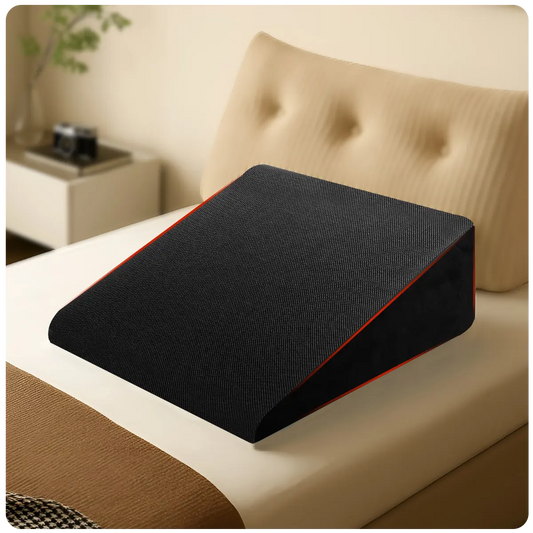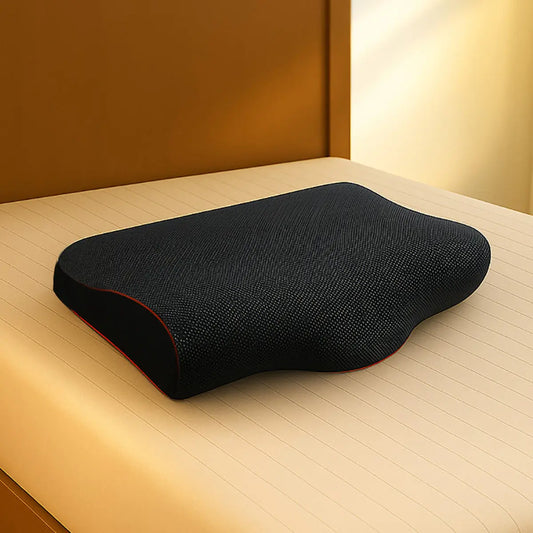
Is Low Testosterone Draining Your Stamina?
Share
Low testosterones doesn’t just affect your strength—it can seriously drain your stamina, leaving you feeling sluggish, weak, and less motivated. If you’re struggling with fatigue, low energy, or just can’t seem to power through your daily tasks, it could be the reason. But don't worry, there’s a way out!
1. Always Feeling Tired? Low Testosterones Might Be the Reason

When your testosterone levels dip, so does your energy. Low testosterones can cause constant fatigue, making it tough to get through the day without feeling like you’re running on empty. If you find yourself unable to keep up with your normal routine, this could be a sign that your testosterone is low.
2. Struggling to Keep Up During Exercise? Low Testosterones Can Be to Blame

Testosterone plays a key role in muscle endurance. Without enough of it, you may find that your workouts suffer, and you quickly run out of stamina. If your stamina is diminishing in the gym or during physical activities, your testosterone levels may be the underlying cause.
3. Feeling Mentally Drained? Your Testosterone Levels May Be Affected

It’s not just physical stamina that’s affected. A decline in energy can lead to brain fog, lack of focus, and mental exhaustion, which can make even the simplest tasks feel like a challenge. You might feel mentally drained, and your cognitive performance could be slipping.
4. Low Motivation? Testosterone Could Be Sabotaging Your Drive

When testosterone drops, so does your motivation. If you’re feeling uninspired or struggle to get things done, it might be hindering your drive. Whether it’s at work, in your fitness routine, or in life in general, a lack of energy and motivation can take a huge toll on your productivity and well-being.
How to Restore Your Stamina and Reclaim Your Energy
Low testosterones doesn’t have to hold you back. By following a few simple steps, you can start boosting your testosterone naturally and restore your stamina to feel like your best self again.
1. Prioritize Quality Sleep

Sleep is crucial for testosterone production. Aim for 7-8 hours of quality sleep each night to help your body restore energy and produce the necessary hormones. Sleep isn’t just for recovery—it’s essential for maintaining stamina.
2. Strengthen Your Body with Regular Exercise

Strength training is one of the best ways to naturally boost your testosterone levels. Aim for 2-3 weightlifting sessions per week to build muscle and improve endurance. It’s not just about getting stronger—it’s about building stamina and boosting your testosterone.
3. Eat Stamina-Boosting Foods

Certain foods can help support testosterone levels and boost stamina. Include healthy fats, lean proteins, and zinc-rich foods like spinach and pumpkin seeds in your diet to help restore balance and energy.
4. Manage Stress to Prevent Testosterone Drop

Chronic stress leads to increased cortisol levels, which can lower your testosterone. Engage in stress-relieving activities like meditation, yoga, or even going for a walk to help keep your testosterone levels up and prevent fatigue.
5. Consider Natural Supplements

Supplements like ashwagandha, zinc, and fenugreek can help support your testosterone levels. If you’re considering adding supplements, make sure to consult with a healthcare professional to ensure they’re a good fit for you.
Don’t Let Low Testosterones Drain Your Stamina!
A drop in testosterones doesn’t have to control your life. By focusing on quality sleep, strength training, and stress management, you can naturally support your body’s balance. These habits improve energy and play a key role in boosting stamina and strength.
Incorporating a healthy diet with essential nutrients also helps restore vitality. With these changes, you can regain your energy and get back to enjoying your daily activities and fitness goals.




